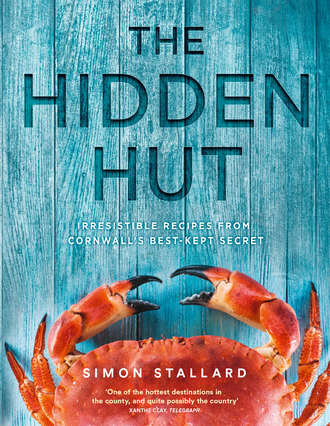
Полная версия
The Hidden Hut: Irresistible Recipes from Cornwall’s Best-kept Secret

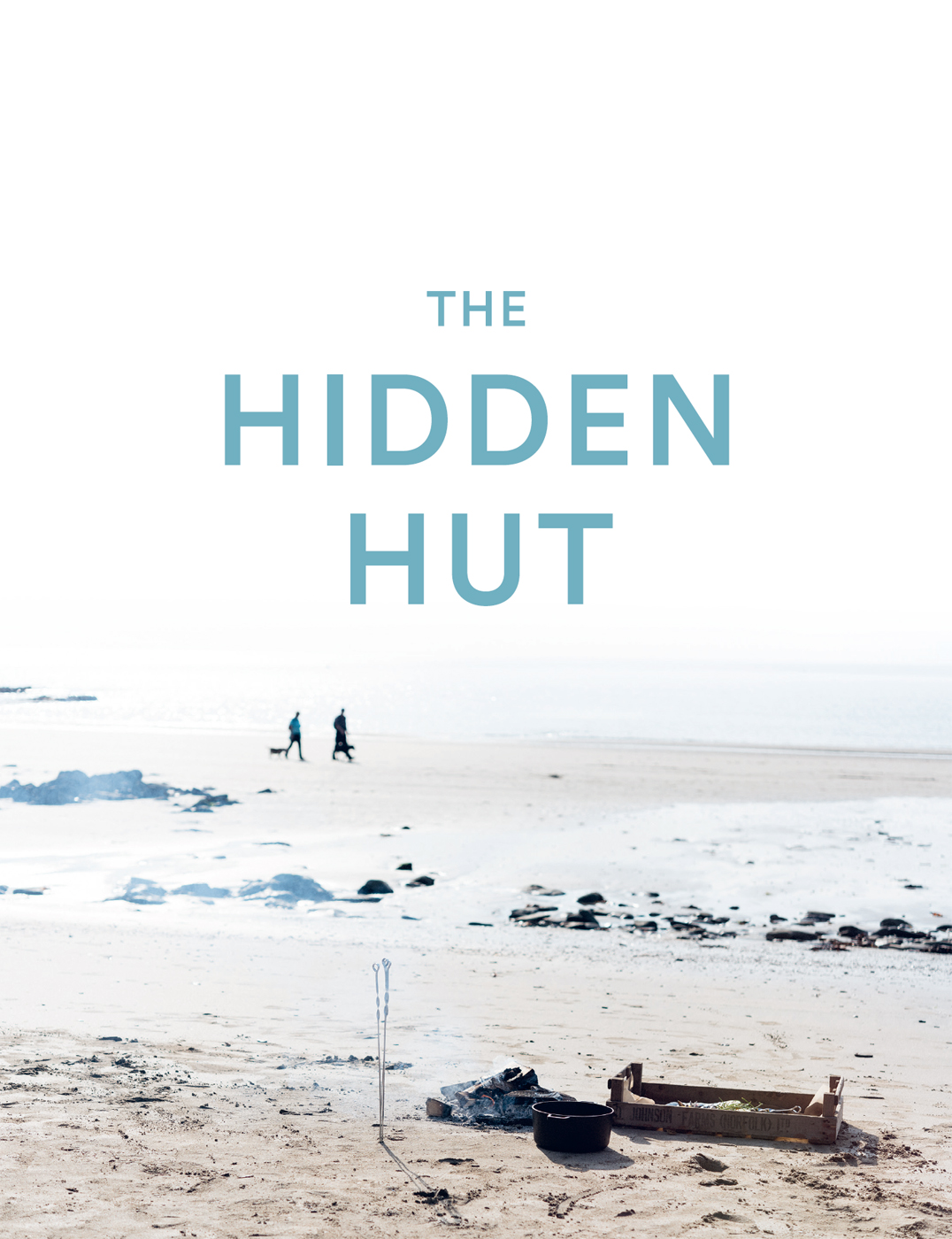
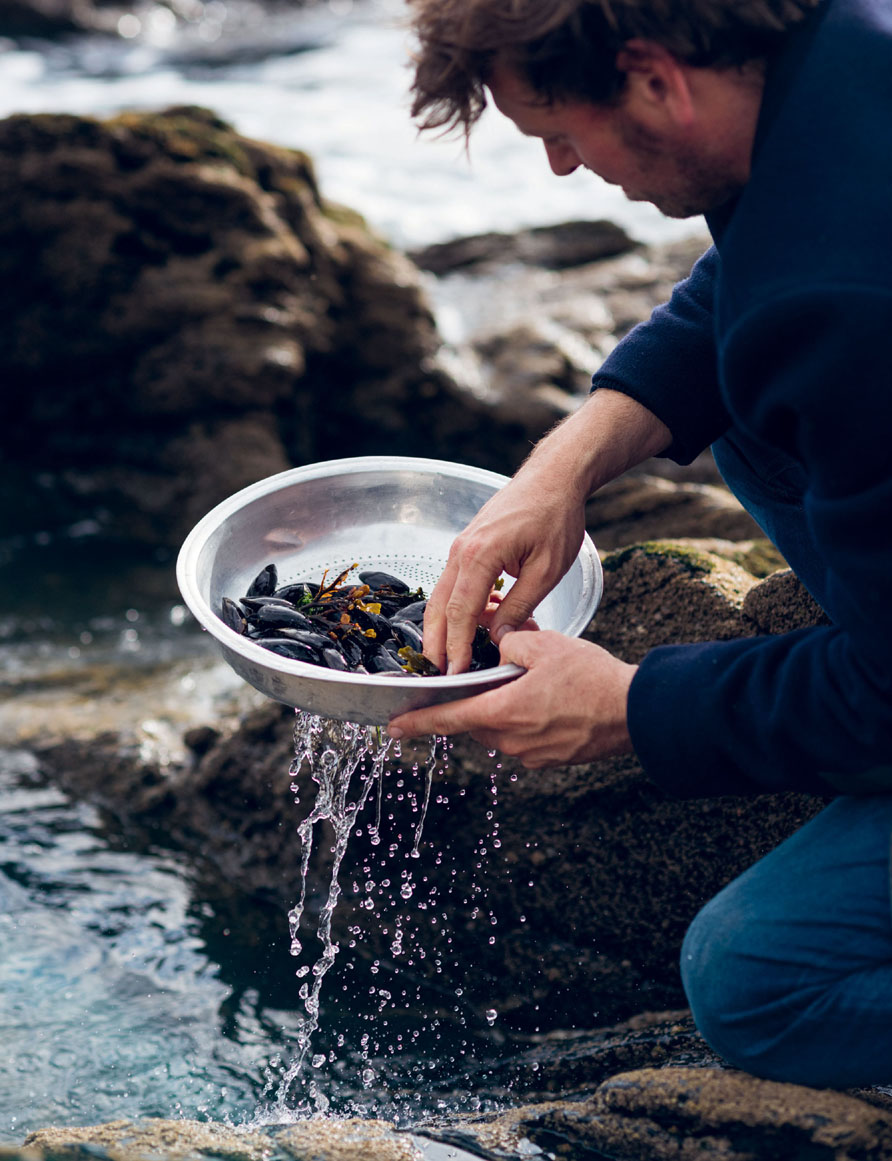
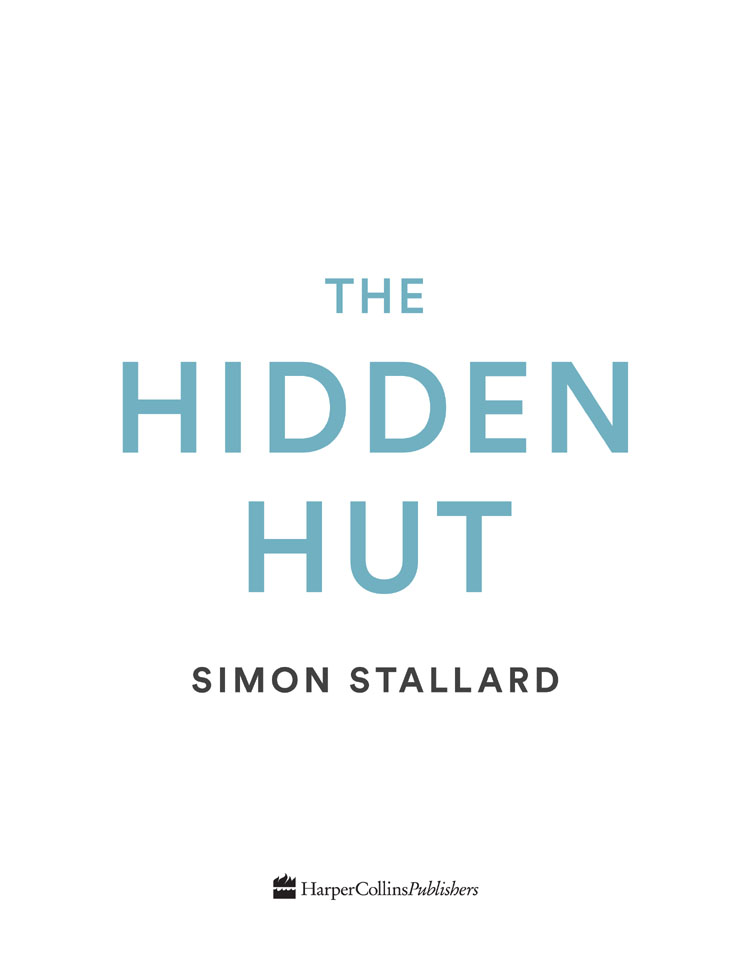
COPYRIGHT
HarperCollinsPublishers
1 London Bridge Street
London SE1 9GF
www.harpercollins.co.uk
First published by HarperCollinsPublishers 2018
FIRST EDITION
© Simon Stallard 2018
Cover layout design © HarperCollinsPublishers 2018
Cover photograph © shutterstock.com
Photographs © Susan Bell, except where otherwise stated.
A catalogue record of this book is available from the British Library
Simon Stallard asserts the moral right to be identified as the author of this work
All rights reserved under International and Pan-American Copyright Conventions. By payment of the required fees, you have been granted the nonexclusive, non-transferable right to access and read the text of this e-book on screen. No part of this text may be reproduced, transmitted, downloaded, decompiled, reverse engineered, or stored in or introduced into any information storage retrieval system, in any form or by any means, whether electronic or mechanical, now known or hereinafter invented, without the express written permission of HarperCollins e-books.
Find out about HarperCollins and the environment at www.harpercollins.co.uk/green
Source ISBN: 9780008218010
Ebook Edition © May 2018 ISBN: 9780008218027
Version 2018-04-13
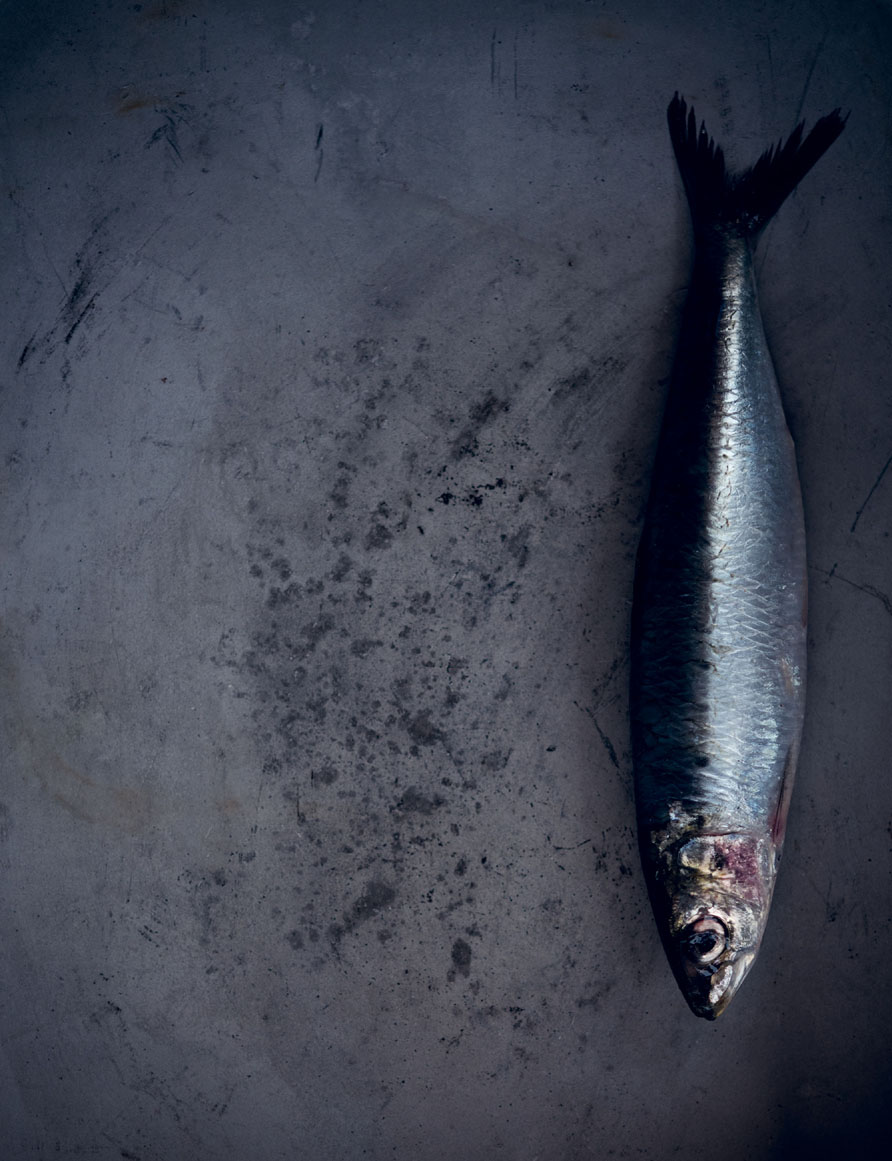
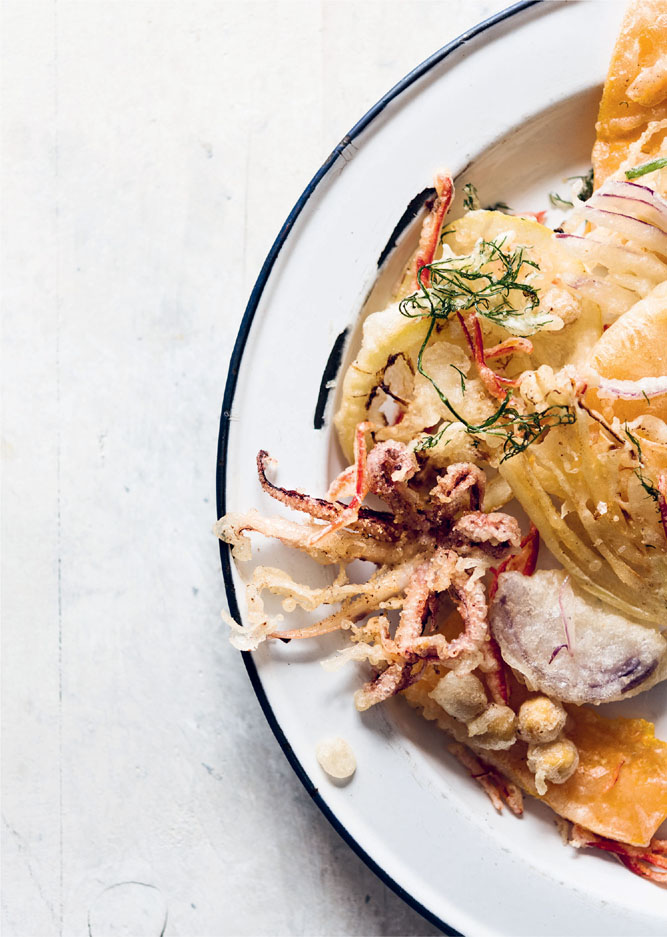
CONTENTS
Cover
Title Page
Copyright
Introduction
1
Dawn
2
Noon
3
Dusk
4
Afters
Index of Searchable Terms
Acknowledgements
About the Publisher
Introduction
It’s a brisk April evening on the Roseland Peninsula, Cornwall. In a small sheltered cove, storm lanterns flicker as a bobble-hatted crowd clad in Gor-Tex and goose-down huddle together. Friends and families sit shoulder to shoulder with strangers on long, weathered tables. Hot-water bottles are stowed inside coats and wines are shared generously. Behind, a team of chefs tend to steaming pans over wood fires as a local fishing crew deliver their last catch of the day. Spirits are high and the atmosphere is alive with anticipation.
The reason for the gathering? It’s ‘feast night’ at the Hidden Hut.

© Sally Mitchell
I remember it wasn’t the easiest of conversations, persuading my partner Jem that we should give up our jobs and take on the lease of an old wooden shed on the coast path. The country at the time was in the midst of an economic downturn, restaurants were being hit hard and we’d not long signed the mortgage of our first house. Only something really special could have drawn us to take such a risk.

Having trained and worked as chef since I was 16, my career had taken me all over the world, from New York and New Delhi to the fish markets of Newlyn. Cornwall was now my home and I felt it was a truly exciting place to be a chef. The region is flush with some of the most desirable produce in the country. Its frost-free climate allows for a longer growing season and beautifully ripe fruits. The seas are clean and plentiful, and the fields are lush with rich pasture. Large intensive farms are a rarity down here. It’s mainly small-scale, traditional production. Everything feels slightly slower and a little less refined, and that is just what I love.
I used to walk past the little green shed every morning on my way to work. At the time, it was used as a kiosk for selling lollies and plastic beach toys. It had a retro charm to it, but it was only open during the summer holidays. For the other ten months of the year it was closed and boarded up. I would watch the cattle grazing in the pastures above and the fishing boats harvesting the seas below; it encompassed everything I loved about Cornwall. There was something special there that moved me. However, the hut had been leased from the National Trust by the same family for over 25 years and I was told there was no way they would be letting it go. It had to remain a pipe dream.
However, three years later, I heard some news from a very reliable source in our local, the Plume of Feathers. The National Trust was accepting tenders for the hut from interested parties. I literally grabbed my coat and came straight home to Jem to let her know. Our proposal was sent off to Lanhydrock House the next morning. As the only people who’d shown an interest, it wasn’t long before the lease was signed and our journey had begun.
But it wasn’t all plain sailing. I remember the February morning I picked up the keys and trekked over the cliffs to take a proper look at our new venture. The mud track that was meant for deliveries had been eroded into a stream, leaving the place only accessible by foot, and in wellies at that. As I tried to work out which key went where, I realised the locks had frozen tight in the salty air, so I had to break in through the hatches. Huge spiders the size of my hand scuttled away as I clambered over the counter into the dusty, derelict shed. The view from it was breathtaking and there was so much potential, but Porthcurnick Beach was no Padstow or St Ives. This was remote, deepest, undiscovered Cornwall. There was not a soul to be seen as far as the eye could see. What on earth had we taken on?
It took ten long weeks of hard graft to renovate the hut. Being in such an unspoilt, natural setting, we couldn’t add anything of any permanence. We built an outdoor kitchen that could be dismantled and removed at the end of each season and installed long tables in the sand made from a fallen tree. What seemed like an impossible feat only added to the magic of it. We were finally ready to open.
To create the daily menu, I struck up deals with local fishermen, farmers and growers. Having worked at the local fish markets, I knew what to buy, and when. If they had a huge glut of, say, mackerel, we would take a load at a good price and set up a couple of grills on the clifftop. We’d put a blackboard up on the road and a post on Facebook, and just hope enough people would see it and drop by. It was simple but it worked well. We would always be busy on those days and I loved people’s enthusiasm for this type of offering. But it soon became apparent it wasn’t sustainable. It wasn’t long before too many people would turn up hoping for the blackboard menu and we couldn’t feed them all. There was nothing worse than people trekking over only for them to leave hungry. We needed to adapt our tactics.
We decided to move these events to the evenings when the coast was quieter and, because we didn’t have a phone line, we sold tickets online as the method of booking. They became known as ‘feast nights’ and they were the offering I had been dreaming about all these years. We cooked one dish over a wood fire, showcasing just a few key ingredients delivered direct from the fields and boats. Anything from slow-roasted lamb to huge steaming pans of seafood paella over fire pits. There was no choice and all the food was served at once, straight from the grill; but it was the freshest food you could wish for. All the usual dining luxuries such as waiter service, wine menus, even plates and cutlery, were pared down — we just provided the food and setting, and let people make the nights their own. As only one dish was cooked per evening, we had a calendar rather than a menu; it certainly wasn’t a normal way of running a restaurant service, but it felt right for this place.
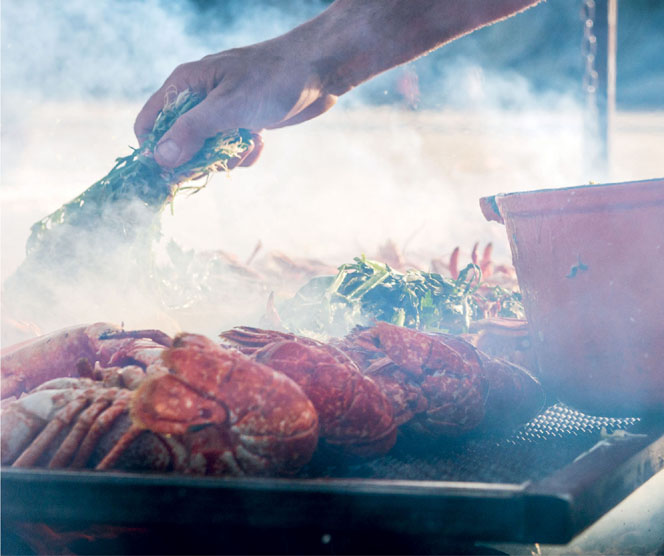
© Sally Mitchell
Eight years and 64 firewood deliveries later, we have created something I am so proud to be a part of. The shed became the Hidden Hut and our feast nights the fastest-selling ticketed food events in the UK. Despite no formal advertising — not even a signpost on the footpath — people stumbled across us and shared their discoveries by word of mouth. It wasn’t long before it took off on social media and then the mainstream media were spreading our story, too.
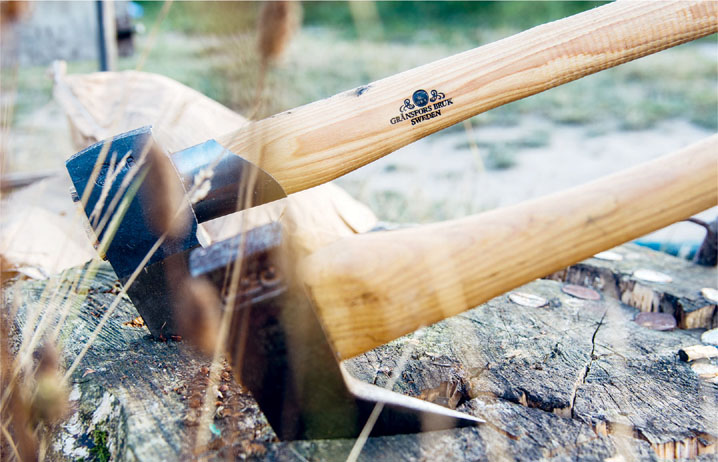
© Sally Mitchell
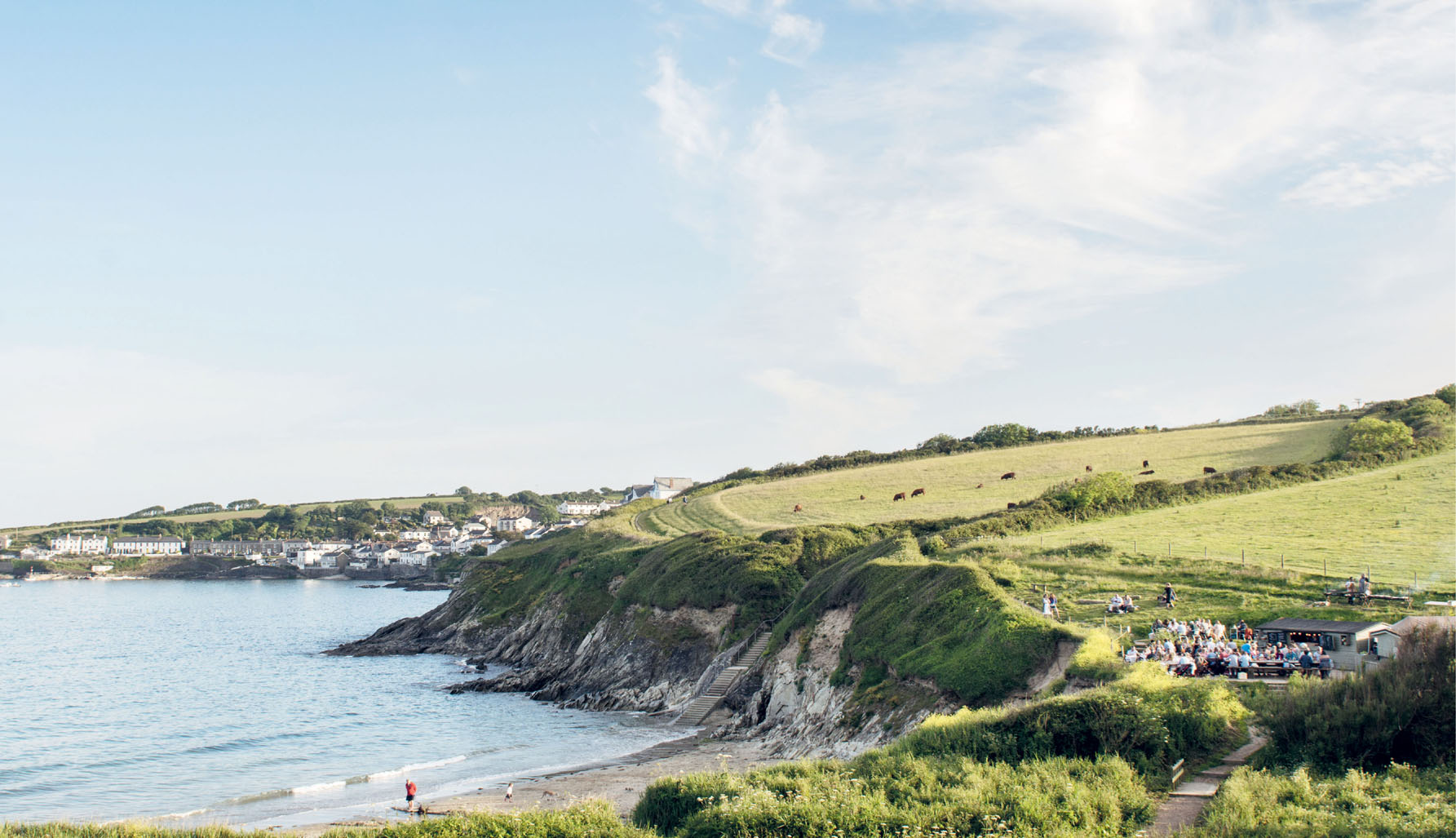
© Sally Mitchell
Today, the Hidden Hut has become a food destination in its own right. It’s been filmed for ITV and the BBC and has been featured in almost every major publication from Vogue and Bon Appétit to the Observer in its Top 40 Best Restaurants. It’s developed its own coastal community. If you’ve picked up this book, it’s likely you’ve already come across us and are part of the story. If you’re new to us, then welcome! We are lucky that those who have sought us out over the years have tended to share our values and appreciate the simple, windswept pleasures our hut offers. This book of recipes is our way of saying of thank you.
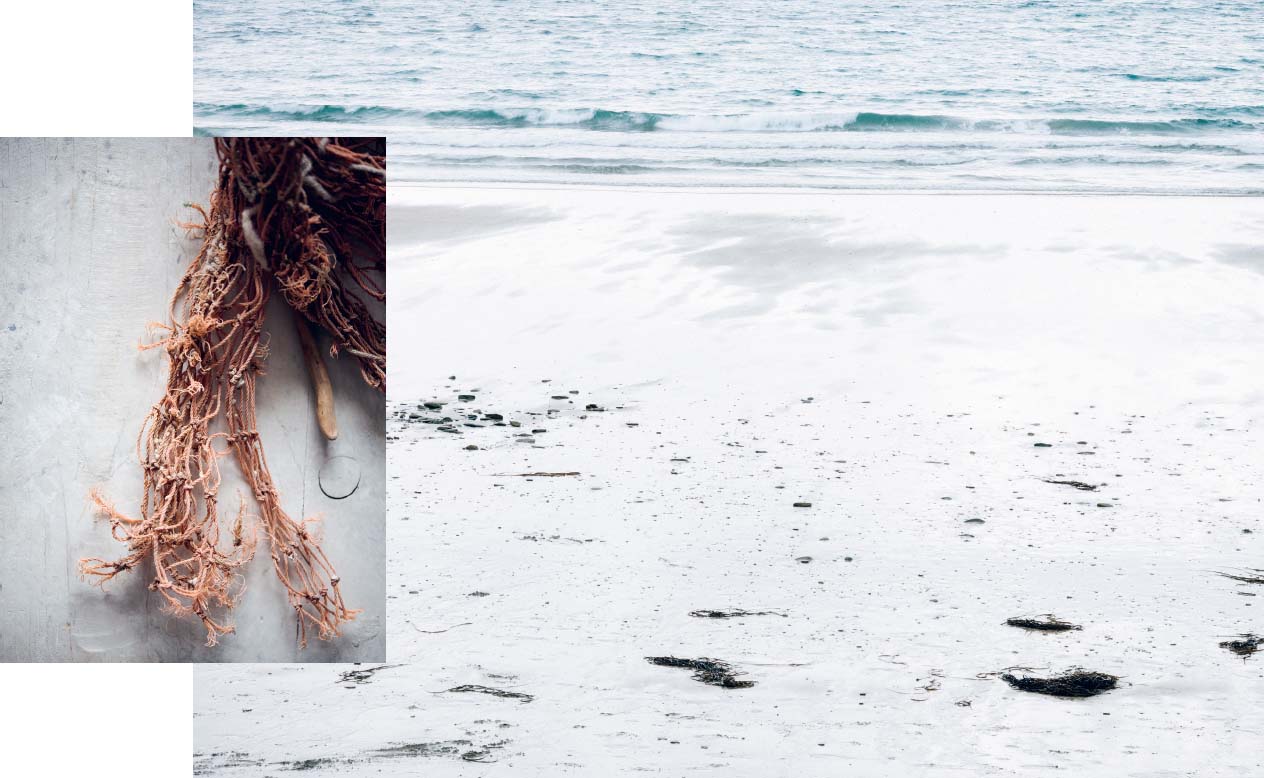
1
Dawn
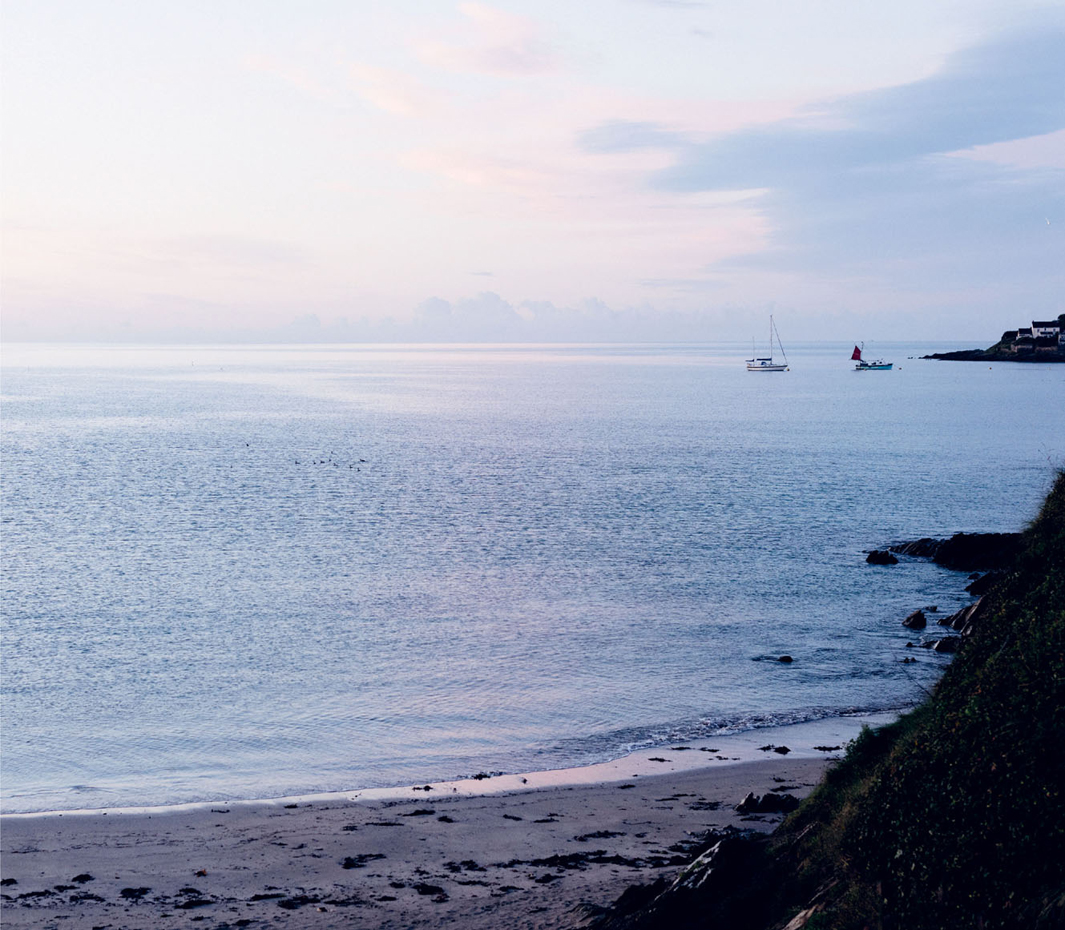
Cornwall enjoys the latest sunrise in the country. Dawn happens ‘dreckly’ here and that always feels quite appropriate.
For me, the ritual of cooking breakfast is about stopping and taking time, whether that’s for a family sit-down or some solitude with the morning papers. It’s not something most of us are able to do every day. It’s more of a weekend/day-off affair. This chapter is for those mornings. A collection of long, laid-back breakfasts and brunches. It’s all about picking great produce, putting on the coffee and getting into the holiday vibe.
DOUGHNUTS AT DAWN
Small, freshly cooked doughnuts are great with a coffee. The batter gives you 20–25 golf-ball-sized doughnuts, so they are perfect for sharing. They are moreish, though — so they won’t hang around for long. You could add some ground cinnamon to the sugar for dusting the doughnuts, if you liked.
Makes 20–25
1 vanilla pod
300ml whole milk, lukewarm (see Yeast Tip)
50g unsalted butter, melted and cooled to lukewarm
7g sachet active dried yeast
75g caster sugar, plus extra for coating
3 large eggs, lightly beaten
400g plain flour
1 tsp fine sea salt
sunflower oil, for deep-frying
Cut the vanilla pod in half lengthways and scrape out the seeds onto a plate. Pour the milk into a jug and add the butter, yeast, 1 teaspoon of the sugar and the vanilla seeds to create a vanilla-flavoured, yeasted milk. Stir well and leave for 5 minutes so that the yeast is activated. Beat in the eggs.
In a large mixing bowl, sift in 300g of the flour, the remaining sugar and the salt. Make a well in the centre and stir in the warm yeasted milk to create a lump-free batter. Cover the bowl with a clean tea towel or cling film and leave the batter to rise in a warm place for 1½ hours or until doubled in size.
Fill a deep-fryer or a large heavy-based saucepan one-third full with oil and heat it to 170°C (test by frying a small cube of bread; it should brown in 40 seconds). Using two soup spoons, spoon the wet batter into balls and gently drop them into the oil. Cook for 3 minutes, watching carefully and rolling them in the oil so that they brown evenly all over. Cook the doughnuts in batches of 4–5 so that you don’t overfill the pan and cool the oil down too much.
Once they are done, remove them from the oil using a slotted spoon. To check that they are ready, cut one in half to make sure the dough is cooked through and not wet in the middle. Drain on a kitchen paper-lined plate, then dust with sugar and eat while they are still warm.
Yeast tip
Make sure the milk is no hotter than lukewarm or it might kill the yeast.
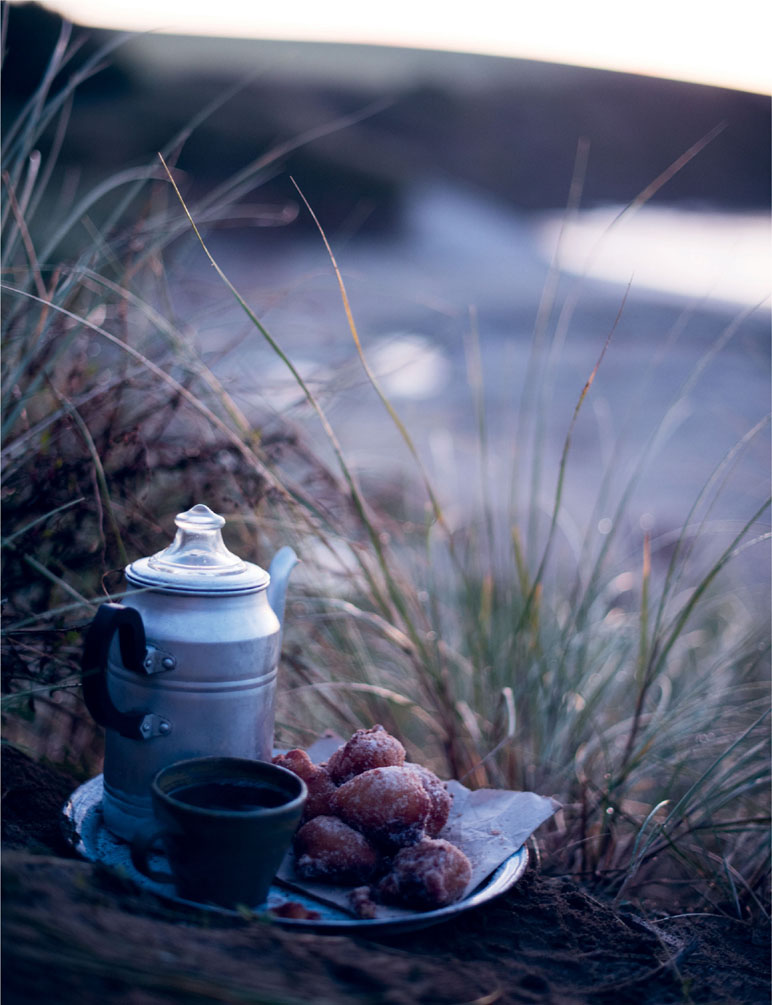
SPICED FLASK OATS
There is something to be said for getting up in time to enjoy the sunrise. They are a magical few minutes of the day and totally worth getting out of bed for.
But you’re probably not quite ready for breakfast yet? Make yourself a warming flask of chai porridge and take it out with you. When you’re ready, crack open the lid and enjoy being greeted by the fragrant milky steam. It’s the perfect fuel for a coastal walk.
Serves 1
350ml whole milk
2 cloves
1 star anise
1 cinnamon stick
zest of 1 orange
1 tbsp caster sugar
50g rolled porridge oats
Pour the milk into a small heavy-based saucepan and add the spices, orange zest and sugar. Bring to the boil over a medium-high heat, then reduce the heat and simmer for 2 minutes. Turn off the heat and leave the spices in the milk to infuse for 10 minutes.
Strain to remove the whole spices. Return the pan to the hob, add the oats and simmer for 3–6 minutes, depending on the coarseness of the oats, stirring continously. Pour into a vacuum flask with a cup lid, grab a spoon and consume on a clifftop (or the train on your morning commute).

APRICOT, HONEY AND ROSEMARY MUFFINS
This recipe makes enough batter for 12 muffins. The batter freezes brilliantly, so you can enjoy freshly baked muffins for many mornings after you’ve made the mix. Just put the batter into the muffin cases and freeze them, then pull out as many as you need the night before to defrost and cook to enjoy them fresh in the morning.
When making the mix, keep the apricots and pecan nuts quite chunky to give the muffins some bite.
Makes 12
350g plain flour
2 tsp baking powder
a large pinch of sea salt
2 tbsp finely chopped rosemary leaves, plus 12 small rosemary sprigs
120g pecan nuts, roughly chopped
120g dried apricots, roughly chopped
2 large eggs
125g golden caster sugar
125g unsalted butter, melted
240ml buttermilk
100g honey
Preheat the oven to 200°C (180°C fan oven) gas mark 6 and line a 12-cup muffin tray with 12 tulip muffin cases. Sift the flour, baking powder and salt into a large mixing bowl and add the chopped rosemary, pecan nuts and apricots.
In a separate bowl, whisk together the eggs and sugar until light and creamy, then whisk in the melted butter, buttermilk and honey until well combined. Pour this mixture into the dry ingredients and fold everything together using a spatula until just combined. Be careful not to work the mixture too much or the muffins will be tough — it doesn’t matter if it is still slightly lumpy.
Spoon the batter evenly into the cake cases. Top each one with a sprig of rosemary to decorate. Bake the muffins for 25–30 minutes until risen and golden and a skewer inserted into the middle of a muffin comes out clean. Transfer to a wire rack. Serve warm or cold.
SMOKEY BACON PASTRIES
Crispy dry-cured smoked bacon, rich yolky eggs and Cornish Brie make for a great breakfast pastry filling. I like to enjoy these with a bit of cranberry relish on the side.
Makes 12
butter, for greasing
500g puff pastry, defrosted if frozen
plain flour, for dusting
8 rashers of streaky smoked bacon
6 spring onions, thinly sliced
50ml double cream
3 large eggs
50g Parmesan cheese, grated
180g Cornish Brie, diced
freshly ground black pepper
cranberry relish, to serve
Preheat the oven to 220°C (200°C fan oven) gas mark 7 and grease a 12-cup muffin tray with butter. Roll out the puff pastry on a lightly floured work surface. To make it extra flaky, fold it in half and roll it out again. Do this twice more, then roll it out thinly one final time.
Take a 12cm round pastry cutter and check that you can get 12 circles out of the pastry before you start to cut them, as you don’t want to have to re-roll the pastry. Roll it out a bit more if needed. Cut out the pastry discs and use them to line the 12 holes of the muffin tray, then put it to one side.
Grill the bacon until crispy and golden, then shred into small pieces. Divide the bacon bits evenly between the pastry cases, followed by the spring onions.
In a large bowl, whisk the cream to soft peaks. In a separate bowl, whisk the eggs until light and fluffy, then fold them into the cream. Season with black pepper and fold in the Parmesan.
Pour the filling into the pastry cases and top with the diced Brie, dividing it evenly between the tartlets. Bake for 20 minutes, turning the oven temperature down to 200°C (180°C fan oven) gas mark 6 after 10 minutes, until golden on top and the pastry is cooked through. Make sure the pastries are cooked and move freely in the muffin tray before taking them out of the oven. Serve warm or cold with cranberry relish on the side.
BUTTERMILK DROP CAKES WITH LEMON CURD
Topped with warm lemon curd and served straight from the stove, these drop cakes are a sure-fire way to draw everyone to the breakfast table. Serve with berries and crème fraîche.
Serves 4
320g plain flour
1 tsp baking powder
a good pinch of sea salt
50g caster sugar
2 large eggs
290ml buttermilk
60g butter, plus extra for frying
crème fraîche and berries, to serve
FOR THE LEMON CURD
90g butter, cubed
140g caster sugar
a pinch of sea salt
120ml lemon juice (about 3 lemons)
3 large egg yolks
1 large egg
FOR THE MINT SUGAR
4 tbsp caster sugar
a good handful of mint leaves
First, make the lemon curd. Put the butter in a heatproof bowl over a saucepan of gently simmering water, making sure the base of the bowl doesn’t touch the water. Add the sugar, salt and lemon juice. Stir until well combined and the butter has melted. Remove the bowl from the heat and set to one side.
In a separate bowl, whisk together the egg yolks and egg. Add this to the lemon and butter mixture and whisk to combine. Return the bowl to the simmering saucepan and heat for 10 minutes or until the mixture thickens. Remove from the heat and leave to cool a little.
To make the mint sugar, simply either blitz the sugar and mint leaves in a food processor or bash them together using a mortar and pestle. Put to one side.
Preheat the oven to 110°C (90°C fan oven) gas mark ¼. Sift the flour, baking powder and salt into a large mixing bowl and stir in the sugar. Add the eggs and buttermilk, and whisk everything together to make a smooth batter.
Put half the butter in a non-stick frying pan and melt it over a medium-low heat. Mix the melted butter into the batter.
Put the frying pan back over the heat and add tablespoonfuls of the mixture in small pools around the pan — you should be able to do 4–5 at a time. Cook for 1 minute on the first side, or until bubbles form on the surface. Flip them over and cook for 1 minute.
Remove from the pan and keep warm on a plate wrapped up in a tea towel in the oven while you cook the remaining batter in the same way, adding a little more of the remaining butter to the pan each time.
Serve the drop cakes warm, drizzled with lemon curd, some crème fraîche and fresh berries and a sprinkle of mint sugar.
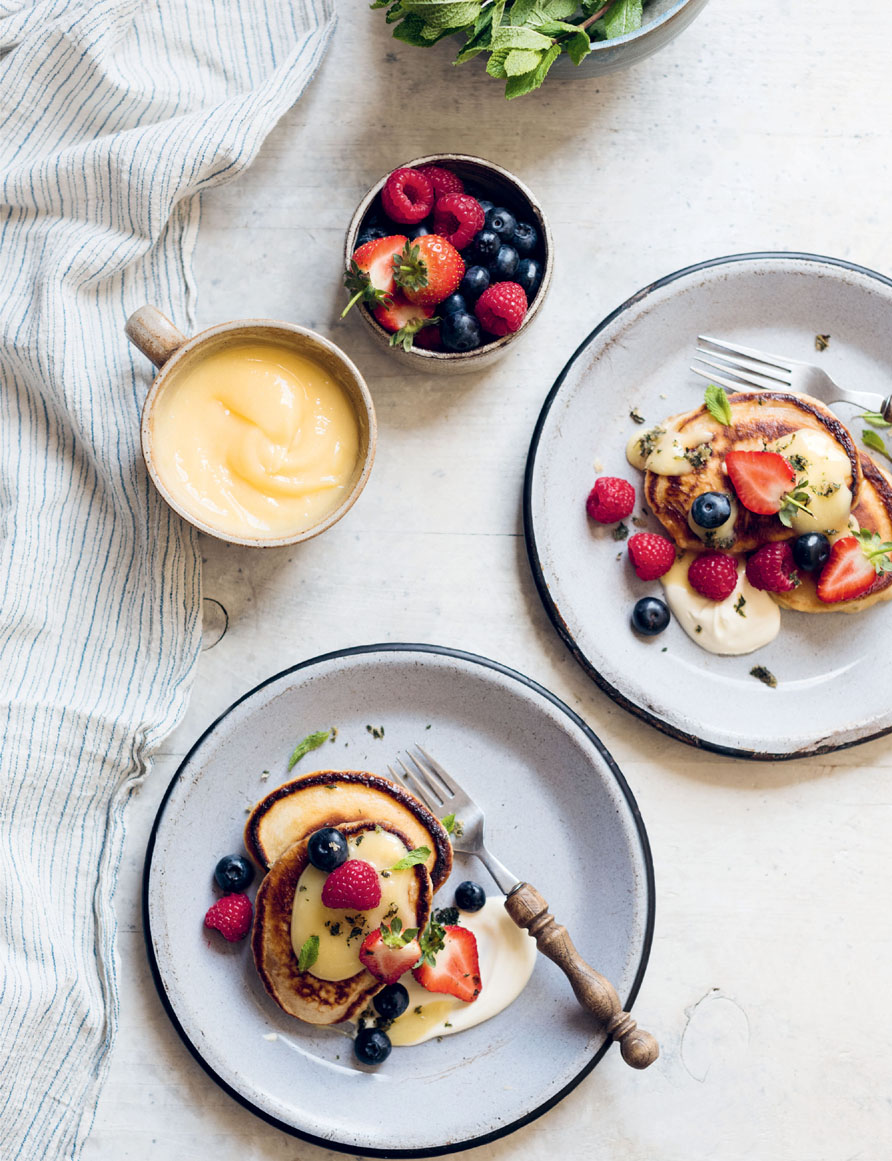
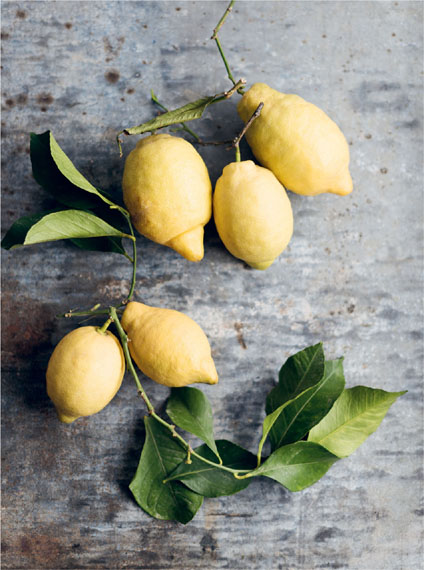
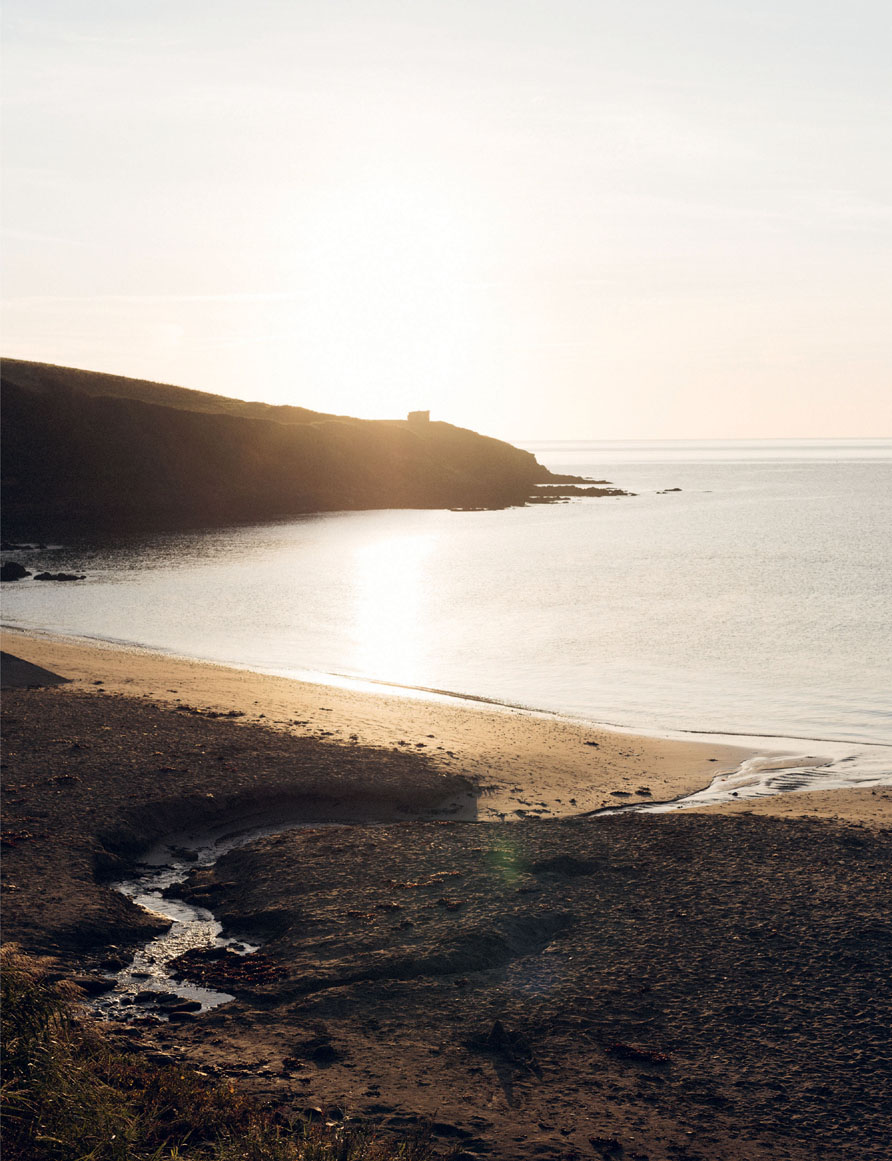
ROASTED FIGS WITH HONEY AND RICOTTA ON WALNUT TOAST
Hot walnut toast with whipped cinnamon butter served with roasted figs, ricotta, flaked almonds (crushed pistachios also work really well) and honey. You can make the loaf and cinnamon butter the day before, if you wish. Your kitchen will smell like a Danish bakery!
FEAST
Serves 8–10
750g spelt flour
2 tsp sea salt
1½ tsp active dried yeast
3 rounded tsp honey
2 tbsp walnut oil
40g walnuts, chopped
oil, for greasing
FOR THE WHIPPED CINNAMON BUTTER
170g butter, softened
45g soft dark brown sugar
2½ tsp ground cinnamon
FOR THE ROASTED FIGS
50g butter
5 star anise
10 large, ripe figs, halved
TO SERVE
50g flaked almonds
honey, for drizzling
ricotta cheese
lemon zest
First, make the walnut loaf. You’ll need to start at least 3 hours before serving, or make it the night before. In a large bowl, mix together the flour, salt and yeast. Add the honey and 450ml warm water, and give it a good stir until it begins to come together. Add the oil and knead for 10 minutes or until soft and supple. Cover the dough in the bowl with a damp tea towel or cling film and leave it to rise in a warm place for 1 hour or until it doubles in size.
Once doubled in size, it’s time to do a bit more kneading. This time you want to incorporate the walnuts. Keep going until the walnuts have become part of the dough. Grease a baking tray and form the dough into a loaf shape, then leave it to rest on the tray for 20 minutes. Preheat the oven to 220°C (200°C fan oven) gas mark 7.
Bake the loaf on the top shelf of the oven for 35 minutes or until it sounds hollow when tapped underneath. If it makes a dent when tapped, it’s not quite done. Leave it to cool on a wire rack for at least 10 minutes before slicing.
To make the cinnamon butter, beat all the ingredients together until fluffy. Roll in greaseproof paper and form into a sausage, then chill in the fridge until needed. Allow the butter to come to room temperature before serving (this will enhance the cinnamon flavour).
For the roasted figs, preheat the oven to 240°C (220°C fan oven) gas mark 9. Melt the butter in a heavy-based saucepan over a medium heat, and allow it to foam. Add the star anise and cook over a low heat for 10–15 minutes until the anise flavours the butter.




